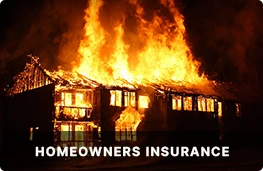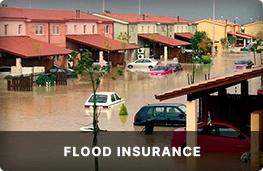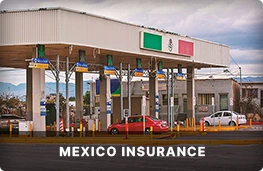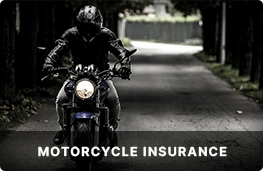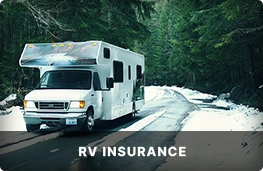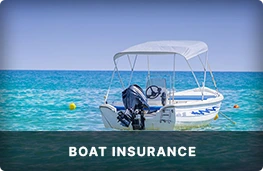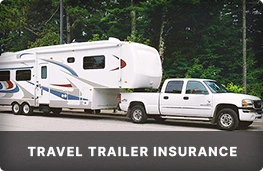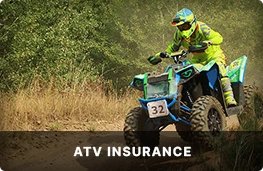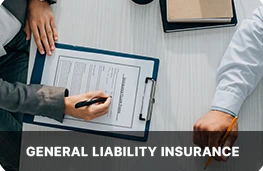How to prepare for Tropical Depression 14
Tropical Depression Fourteen was the last tropical depression of the 1987 Atlantic hurricane season and was the third most destructive storm of the year. The depression formed on October 31, 1987 in the Caribbean Sea, heading along a northward path into the southern Gulf of Mexico and into Florida until the system was absorbed on November 4. The path and damage from the depression followed a similar path to Hurricane Floyd earlier in October. The depression peaked in intensity with wind speeds of 35 mph (55 km/h) on November 1 with a minimal barometric pressure reading of 1004 millibars (29.65 inHg). However, certain barometric readings have considered that the depression may have become a tropical storm.
The depression in the time affected several cities and parishes in Jamaica and Cuba, along with causing significant rainfall in southern Florida. Jamaica was the area hardest hit by the depression, claiming the lives of six people and causing about $1.802 million (1987 USD, $3 million in 2009 USD) in damage. The depression caused floods that washed out villages, roads and bridges and caused dozens of landslides on the island. The island also had several rivers overflow including the Rio Minho and Rio Dogna. The damage caused by the tropical depression was comparable to previous flood in June 1986.
Make a Plan.
Hurricane season starts on May 15 in the north Pacific and June 1 in the Atlantic and the Caribbean. It ends on November 30. Before hurricane season each year, make sure you and your family are prepared by planning ahead.
Write down emergency phone numbers and keep them on the refrigerator or near every phone in your house. Program them into your cell phone too.
Prepare an emergency supply kit.
Locate the nearest shelter and different routes you can take to get there from your home. If shelter locations in your area have not been identified, learn how to find them in the event of a stormexternal icon.
Pet owners: Pre-identify shelters, a pet-friendly hotel, or an out-of-town friend or relative where you can take your pets in an evacuation. Local animal shelters may be able to offer advice on what to do with your pets if you are asked to evacuate your home.
Gather emergency supplies.
During and after a hurricane, you may need supplies to keep your family safe and healthy. Remember that a hurricane could cut off your power and water supply. You also may not be able to drive because of damage to your car. Roads may be flooded or blocked.
That's why it's best to be prepared—stock up on everything you might need now. Be sure to prepare the following:
An emergency food and water supply.
An emergency medicine supply.
Emergency power sources such as flashlights (don't forget extra batteries).
Safety and personal items.
Important documents, including medical documents, wills, passports, and personal identification.
A fire extinguisher. Make sure your family knows where to find it and how to use it! Read the National Fire Protection Association's tips for using fire extinguishersexternal icon.
Know the difference between a hurricane "watch" and "warning."
Listen for National Weather Service alerts on TV or radio or check for them online. There are two kinds of alerts:
A hurricane watch means hurricane conditions (sustained winds of 74 miles per hour [mph] or higher) are possible in a stated area. Experts announce hurricane watches 48 hours before they expect tropical-storm-force winds (sustained winds of 39 to 73 mph) to start.
A hurricane warning is more serious. It means hurricane-force winds are expected in a stated area. Experts issue these warnings 36 hours before tropical-storm-force winds are expected in the area to give people enough time to prepare for the storm.
For more information about hurricane watches and warnings, check out the National Weather Service's Hurricane Centerexternal icon. If you hear that there is a hurricane watch or warning in your area, you can take steps to get ready.
Get your car ready.
Make sure your car is ready before the storm hits.
Fill your car's gas tank.
Move cars and trucks into your garage or under cover.
Always keep an emergency kit in your car.
Visit Ready.govexternal icon for information on how to prepare your car and what to include in your kit.
If you don't own a car, consider making plans with friends or family or call authorities to get a ride if you need to evacuate.
Get your family and pets ready.
Go over your emergency plan with your family.
Keep checking for updates about the storm. Watch TV, listen to the radio, or check online.
Call the hospital, public health department, or the police about special needs. If you or a loved one is older or disabled and won't be able to leave quickly, get advice on what to do.
Put pets and farm animals in a safe place. Read more about pet safety during an emergency.
Get your home ready.
Clear your yard. Make sure there's nothing that could blow around during the storm and damage your home. Move bikes, lawn furniture, grills, propane tanks, and building material inside or under shelter.
Cover up windows and doors. Use storm shutters or nail pieces of plywood to the outside window frames to protect your windows. This can help keep you safe from pieces of shattered glass.
Be ready to turn off your power. If you see flooding, downed power lines, or you have to leave your home, switch your power off.
Fill clean water containers with drinking water. You'll want to do this in case you lose your water supply during the storm. You can also fill up your sinks and bathtubs with water for washing.
Check your carbon monoxide (CO) detector's battery to prevent CO poisoning
Be ready to evacuate or stay at home.
Always listen to authorities regarding whether you should evacuate or stay at home.
If a hurricane is coming, you may hear an order from authorities to evacuate (leave your home). Never ignore an order to evacuate. Even sturdy, well-built houses may not hold up against a hurricane. Staying home to protect your property is not worth risking your health and safety.
You may hear an order to stay at home. If driving conditions are dangerous, staying at home might be safer than leaving.
If you need to evacuate:
Grab your emergency supply kit and only take what you really need with you (cell phone, chargers, medicines, identification like a passport or license, and cash).
Unplug your appliances. If you have time, turn off the gas, electricity, and water.
Follow the roads that emergency workers recommend even if there's traffic. Other routes might be blocked or flooded. Never drive through flooded areas—cars and other vehicles can be swept away or may stall in just 6 inches of moving water.
Contact your local emergency management office and ask if they offer accommodations for owners and their pets. Learn more about evacuating with your pet.
If you need to stay home:
Keep your emergency supply kit in a place you can easily access.
Listen to the radio or TV for updates on the hurricane.
Stay inside. Even if it looks calm, don't go outside. Wait until you hear or see an official message that the hurricane is over. Sometimes, weather gets calm in the middle of a storm but then quickly gets bad again.
Stay away from windows—you could get hurt by pieces of broken glass or flying debris during a storm. Stay in a room with no windows, or go inside a closet.
Be ready to leave. If emergency authorities order you to leave or if your home is damaged, you may need to go to a shelter or a neighbor's house.
Comments
By accepting you will be accessing a service provided by a third-party external to https://www.affordablequalityinsurance.net/

